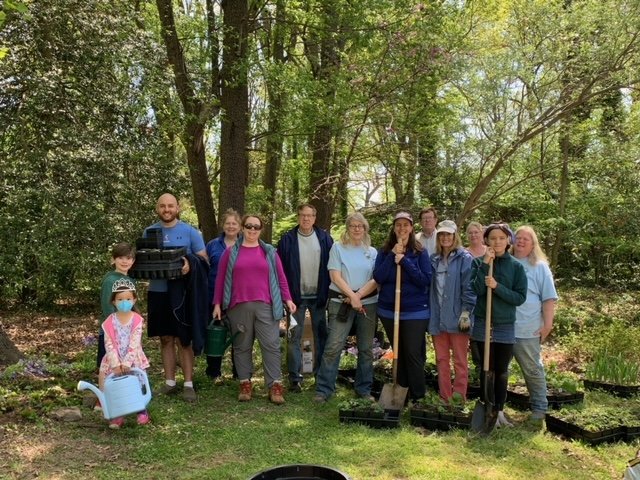Quercus stellata is not as large as most oaks and it’s not commonly found at nurseries; this one is likely a heritage tree that was part of the forest that existed before my town was established. It’s known for its drought-tolerance so it’s no surprise that it’s thriving in a westerly-facing area of my yard, on a very slight slope where it never sits in water. Coincidentally, it’s growing not far from two saplings of the historic Wye Oak (Quercus alba), the state champion tree that succumbed to storm damage in 2002.
As you’re considering what plants to add to your landscape this spring, consider planting an oak sapling, a plant that will provide incredible benefit to the watershed as soon as it’s in the ground. No matter the size of the oak, it will be a fine tree and might even grow to be a champion. Wouldn’t that be grand?
1 https://www.mdbigtrees.org/ BT3960 – Q. stellata
2 The process by which plants give off water vapor through openings in their leaves (stoma)
3 Tallamy, 2021 - The Nature of Oaks
Alison Milligan – Mstr Gardener/Mstr Naturalist /Watershed Steward
Chesapeake Bay Landscape Professional (CBLP)/AA Co Tree Trooper
aligmilligan@gmail.com











